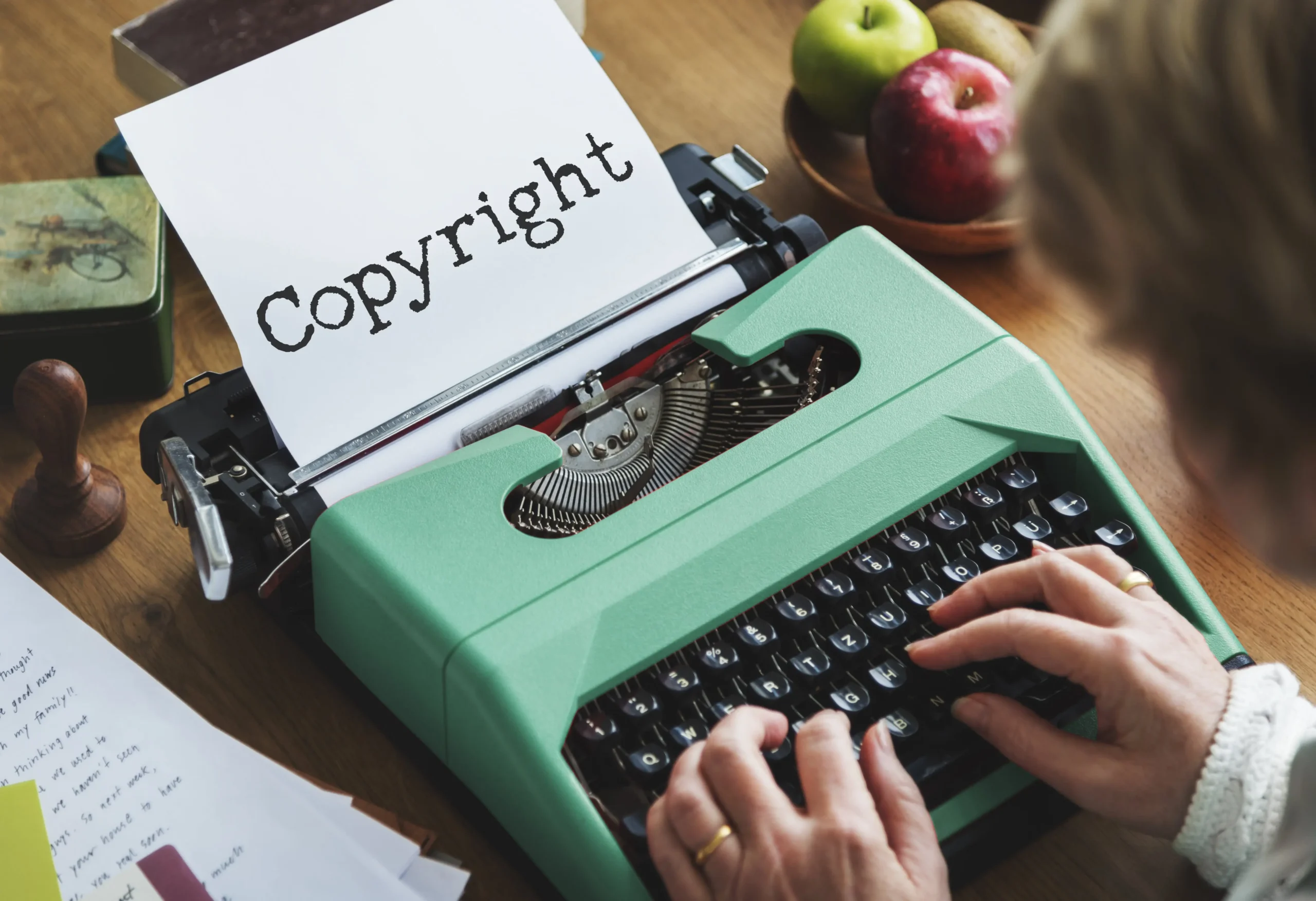
Plagiarism in research is a critical concern in journal article publishing, and even unintentional mistakes can result in serious consequences. Many researchers, especially early-career academics, struggle with proper citation and paraphrasing, leading to unintentional plagiarism. Understanding how to avoid such errors is crucial for maintaining credibility in scientific journal publishing and increasing the chances of acceptance in impact factor journals.
What is Plagiarism in Research?
Plagiarism occurs when a researcher presents someone else’s ideas, words, or findings as their own without proper attribution. It can be classified into different types:
- Direct plagiarism: Copying text or ideas without any modification or citation.
- Self-plagiarism: Reusing one’s own previously published work without proper acknowledgment.
- Mosaic plagiarism: Combining phrases from multiple sources without proper citation.
- Accidental plagiarism: Failing to cite sources correctly due to lack of knowledge or oversight.
In academic journal submission, even unintentional plagiarism can lead to manuscript rejection or retraction, damaging the author’s reputation.
Common Causes of Unintentional Plagiarism
Unintentional plagiarism often occurs due to:
- Lack of awareness: Many researchers are unfamiliar with proper citation formats and ethical guidelines.
- Improper paraphrasing: Simply replacing a few words in a sentence without changing its structure or citing the source.
- Failure to track sources: Losing track of referenced materials during research.
- Time constraints: Rushing to meet submission deadlines may lead to careless mistakes.
- Misunderstanding self-plagiarism: Reusing parts of previously published work without proper attribution.
How to Avoid Plagiarism in Research
To prevent plagiarism and ensure a plagiarism-free research paper, researchers should adopt the following strategies:
Understand and Follow Citation Guidelines
Different journals require different citation styles (APA, MLA, Chicago, IEEE, etc.). Understanding these formats ensures that all sources are properly acknowledged.
- Use citation management tools like EndNote, Zotero, or Mendeley to organize references.
- Always give credit to original authors when using their ideas, data, or findings.
Paraphrase Effectively
Paraphrasing means rewriting the original text in your own words while retaining the original meaning. To paraphrase correctly:
- Read the source material thoroughly.
- Write the concept in your own words without looking at the original text.
- Compare your version with the original to ensure you have not copied phrases.
- Provide a proper citation even when paraphrasing.
Use Plagiarism Detection Software
Journals often check manuscripts using plagiarism detection tools like Turnitin, iThenticate, or Grammarly. Authors should run their papers through such tools before submission to detect and correct any unintentional duplication.
Keep Track of Sources
During research, keep detailed notes on all references, including page numbers, author names, and publication years. Maintaining a structured bibliography will help prevent missing citations.
Avoid Self-Plagiarism
Reusing previously published work without proper acknowledgment is considered self-plagiarism. If you need to refer to your past research:
- Cite your previous work properly.
- Reword the findings rather than copying exact sentences.
- Check journal policies regarding self-citation limits.
Consequences of Plagiarism in Research
Plagiarism can have severe repercussions, including:
- Manuscript rejection by journals.
- Retraction of published articles if plagiarism is detected post-publication.
- Damage to academic reputation and loss of credibility.
- Legal consequences, including copyright violations.
- Blacklisting from prestigious journals and databases like Scopus journal submission and Web of Science journal submission.
The Role of Professional Editing Services in Preventing Plagiarism
Professional manuscript editing services can help researchers identify and correct potential plagiarism issues. Academic editing services ensure:
- Proper citation and referencing.
- Improved paraphrasing and clarity.
- Consistent formatting according to journal guidelines.
Ethical Research and Best Practices
To maintain ethical integrity in research paper publishing, authors should:
- Follow manuscript submission guidelines of their target journal.
- Seek permission for copyrighted materials when necessary.
- Disclose all sources of funding and conflicts of interest.
- Collaborate with co-authors and acknowledge their contributions properly.
Conclusion
Avoiding plagiarism is essential for successful journal paper publication and maintaining academic integrity. By understanding citation practices, using plagiarism detection tools, and seeking professional research publishing assistance, authors can ensure originality in their work.
For expert proofreading for research papers, editing services, and journal submission services, C+ Science offers comprehensive support. Our publishing packages help researchers meet the highest ethical and publication standards in impact factor publishing.
For personalized guidance, feel free to contact us today!